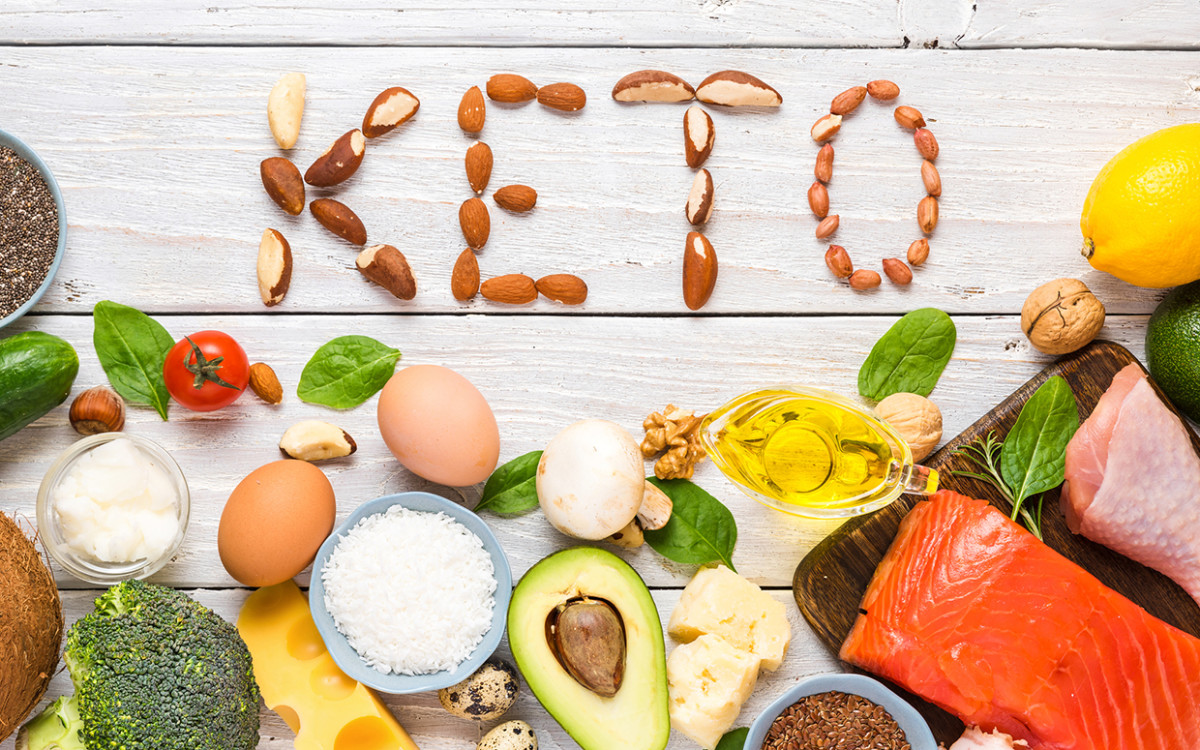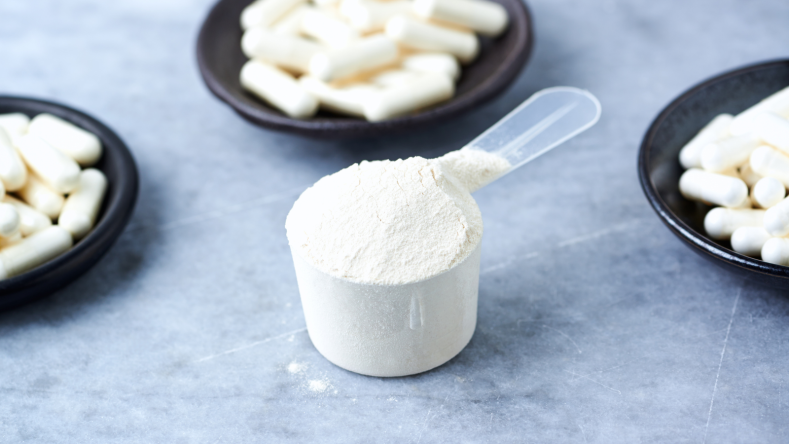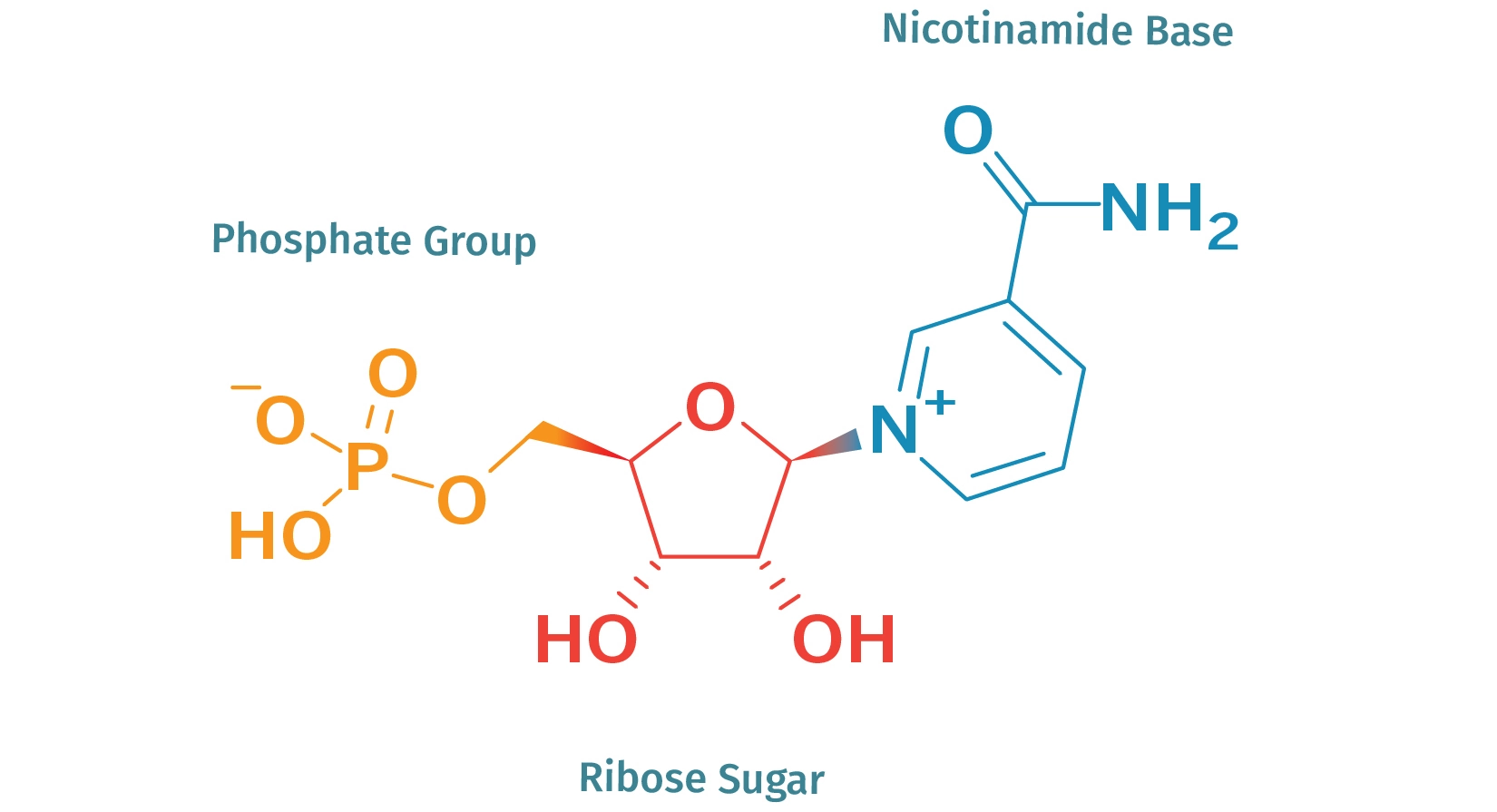
Body & Mind Balance

Healthy Daily Life

Meditation Practice






Your free- source of information, news, and deep dive into the latest science in the world or fitness and health. We dive deep into the literature and debunk a lot of fake claims. Also, providing helpful tips and workouts to improve your health and quality of life.
ultimate personal training
Natural PNBA Pro: I’ve been training for over 15 years, and I’m always learning, adapting, and growing. Follow me on my journey as I get on the stage for a lifetime natural competition.
Together, we’ll grow and get stronger.


Power lifters try to move as much weight as they can using all the muscle they can. They sacrifice form for movement, which is fine if you want to be a power lifter.
Body Builders try to move the lighter weight focusing on one muscle making it as difficult as they can.
The key is being able to choose a weight you can move for 10-12 reps with great form while squeezing the muscle and moving slowly.
Nothing Feels As Good As Being Fit

Science Based Articles

s we age, we have a higher risk of neurocognitive disorders. Diet, lifestyle, and genetics are the primary factors for age-related diseases. However, there are many things we can do to limit our risk. The data doesn’t support the notion that we’re able to reverse or deny aging. However, we can take extra steps to maintain great health and limit our risk.

A fad diet is a trendy, often highly restrictive eating plan promoted as a quick solution for weight loss or health improvement, typically lacking scientific evidence or long-term sustainability.

Creatine has been proven to be a valuable supplement when it comes to increasing muscle and recovery, but new research may conclude possible cognitive benefits

The secret to reduce aging and improve quality of life.
